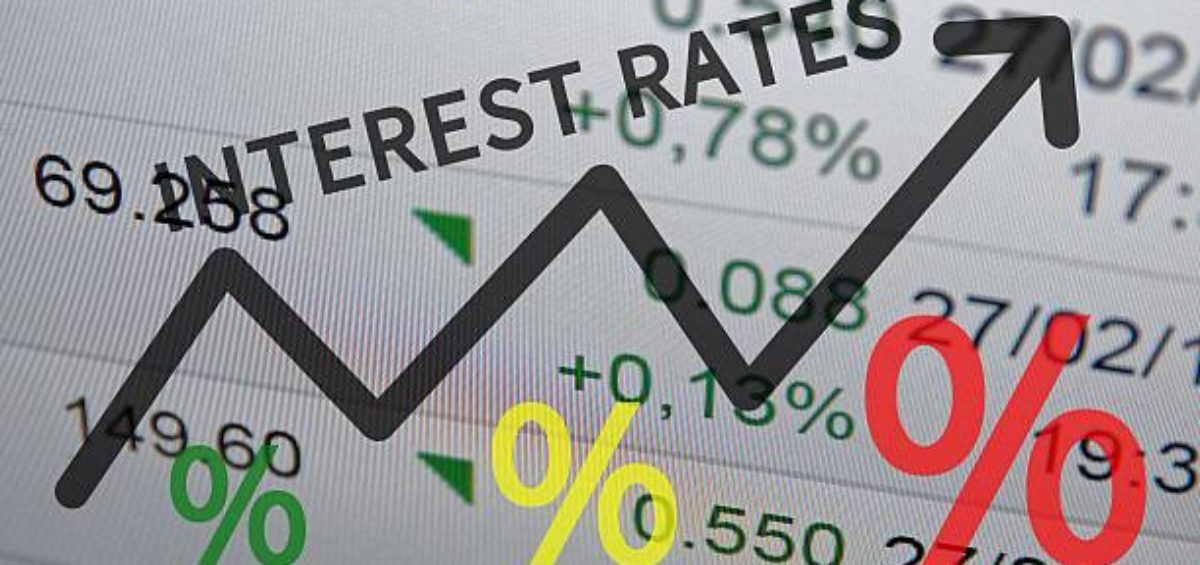Mortgage Rate Trends for 2023
The interest rate on a mortgage is a critical factor for many homebuyers who are contemplating the purchase of a new property. The rate can have a significant impact on the monthly payment and determine whether or not a home fits into a homebuyer’s budget.
Unfortunately, there’s no crystal ball for predicting the future of mortgage interest rates. As demonstrated in 2022 when rates went from 2 percent to 8 percent and down to 6 percent in a matter of months, rates can swing quickly and dramatically. This can make shopping for a new home very difficult.
That said, there are numerous industry experts who watch mortgage rate trends and offer predictions about what they think the future will hold. And, for 2023, the majority agree rates will trend slightly downward, though they likely will not make a big dip.
Various reports indicate Freddie Mac forecasts 30-year fixed mortgage rates to average about 6.4 percent in 2023. As of May 9, it sits at about 6.8 percent. Some say it will go lower; others say it will go higher. When the data is compiled, the range of 30-year fixed mortgage rates is 5.25 to 6.875 percent.
That’s a very wide range. Knowing what factors impact mortgage interest rates can help homebuyers better understand why it’s so hard to predict and help them anticipate possible rate changes. Here are some of the key factors that have the most influence on mortgage interest rates.
Inflation
Inflation plays a big role in interest rate changes. While inflation and mortgage rates aren’t directly related to each other, inflation does indirectly impact them. That’s because as inflation rises, the purchasing power of the dollar decreases. So, as inflation increases, the cost of everything goes up, including mortgage rates.
State of the Economy
The state of the economy, both domestic and international, impacts mortgage rates. During a recession, interest rates tend to fall early and then rise as the economy recovers. So, the strength of the economy as well as the stability of the global economy can cause fluctuations in the cost to borrow money to buy a home.
The Federal Reserve’s Monetary Policies
To tame inflation, the Federal Reserve will increase the federal funds rate. This is the interest rate banks use to loan money to each other. So, when the federal funds rate increases, banks tend to raise mortgage rates to consumers to cover that cost increase. This discourages consumers from spending and borrowing which, theoretically, slows down the economy and reduces prices.
In short, it’s impossible to predict with certainty what the interest rate will do for the rest of 2023. While it’s a good idea to keep an eye on mortgage rate trends while shopping for a home, it cannot be the only factor you consider. It’s important to also pay attention to your credit score, your down payment, and your budget to ensure you buy a property you can enjoy and afford.







